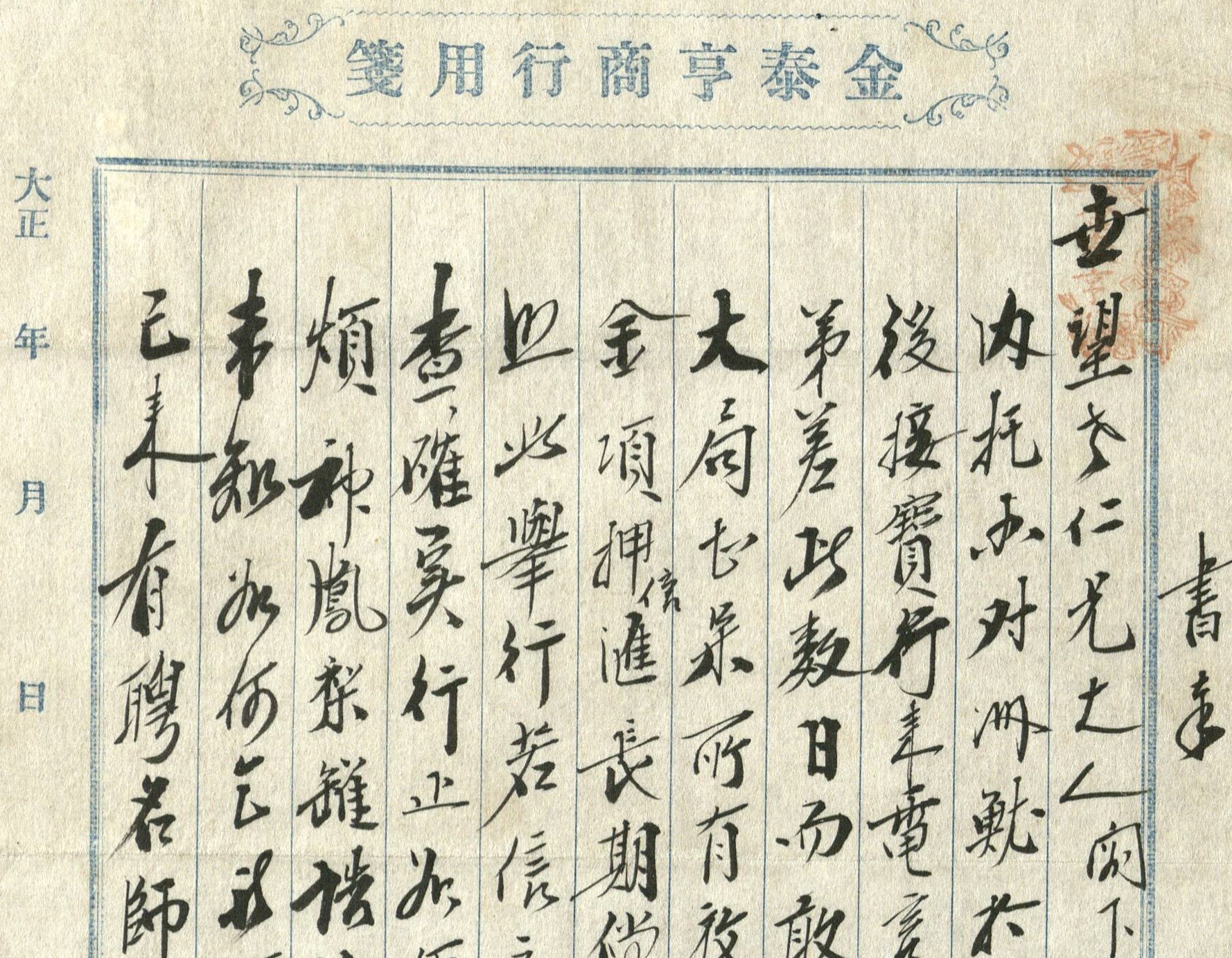|
In the aftermath of the First World War, ideologies such as freedom, equality and national self-determination continued to impact the youth at that time. Taiwanese students studying in Tokyo, Japan, felt deeply the many problems arisen from “colonization” in their hometown, and decided to launch an organization for consolidating the power of reformation. In January 1920, the New People’s Society was formally established, with Lin Hsien-tang as the chairman and Tsai Hui-ju as the vice-chairman. The Association was so named under the inspiration of ‘becoming new people’ as mentioned in the Chapter of Great Learning in the Book of Rites by Confucius. Also echoing Liang Qi-chao’s Theory of New People, the core mission of this Association was “To seek cultural enhancement through reviewing all matters that warrant reformation in Taiwan”, striving for both political reforms and cultural enlightenment. On one hand, the New People’s Society organized systematically social and political movements; on the other hand, they inspired people’s thinking and built social consensus through publications and a self-run newspaper. With a voice that spoke out from the standpoint of Taiwanese, the Association pushed for improvement in both social and political status of Taiwanese. As a pioneer, the New People’s Society set off a wave of reforms, and various political and social movement groups were subsequently founded, including the Taiwan Cultural Association, Taiwan Farmers’ Association, Taiwan People’s Party and Taiwan Local Autonomy Alliance. While these groups held diverse political lines and operated differently, they had similar members. Sharing the same zeal for reforms, these trailblazers attracted followers to join their cause, instilling hope among the people of Taiwan.
Figure 1: Group photo taken after a lecture held in Hsinchu distributor of The Taiwan Minpao, 1925
Source: Photos of Petition Movement for the Establishment of a Taiwanese Parliament (LJK_08_01_005000), Yang Zhao-jia Collection (LJK) Established in 1921, the Taiwanese Cultural Association launched the movement for cultural enlightenment through running a newspaper and organizing lectures, drama performances and summer schools. This group photo shows participants of a lecture organized by the Association in 1925 and was taken at the Hsinchu distributor of The Taiwan Minpao. Front row center from right to left (marked with green dot): Lin Cheng-lu, Lin Hsien-tang, Tsai Hui-ju, and Yang Zhao-jia, all were core members of the New People’s Society.
 Figure 2: Diary of Ng Ong-seng on the lecture held at Hsinchu in 1925
Source: The Diary of Ng Ong-seng, 1925 (T0765_02_01_12), Ng Ong-seng and Huang Ji-tu Papers (T0765). The June 7, 1925 diary of Ng Ong-seng, a journalist of The Taiwan Minpao contained details of the Hsinchu lecture organized by the Taiwanese Cultural Association. It was written that around 400-500 people went to the train station to greet the speakers and firecrackers were let off like welcoming deities. At the lecture with an audience of around 2000, Lin Hsien-tang spoke on ‘Mission of Taiwanese Cultural Association’, Tsai Hui-ju on ‘Breaking Superstitions’ and Tsai Shih-ku on ‘Social Judgment and Law’.
 Figure 3: Constitution of New People’s Society, 1927
Source: Constitution of New People’s Society (LJK_03_04_0060183), Yang Zhao-jia Collection (LJK). The 1927 Constitution of the New People’s Society stated that the objective of its establishment was “To seek cultural enhancement through reviewing all matters that warrant reformation in Taiwan”. To achieve that, a review meeting was to be held monthly for deliberating issues, scholars were to be invited to give lectures, and two general meetings were to be held each year for discussing Association-related affairs.
 Figure 4: Profile of New People’s Society, 1928
Source: Profile of New People’s Society (1) (LJK_03_04_0080185), Yang Zhao-jia Collection (LJK). The Profile of New People’s Society recorded its meetings, council members and the entire list of members. Records of 1928 showed a total of 80 members both local and overseas. The office was temporarily set up at the residence of Yang Zhao-jia in Tokyo. The review meeting of that year discussed issues including petition for establishment of a Taiwanese parliament and home rule. Plans were also made for issuing a brochure on home rule by Taiwanese and to raise fund for establishing the library of the New People’s Society. At the end of the Profile, it is specially written that “Taiwan's reformation is yet to be realized. We must work harder in unity", expressing people's eager expectations for reform!
 Figure 5: Group photo of New People’s Society members taken in 1928 at Yang Zhao-jia’s Tokyo residence
Source: Photos of Petition Movement for the Establishment of a Taiwanese Parliament (LJK_08_01_005000), Yang Zhao-jia Collection (LJK). Founding members of the New People’s Society comprised mainly Taiwanese students in Tokyo. Upon their return, many of them held key positions at The Taiwan Shinminpo, such as Lin Hsien-tang, Lin Cheng-lu, Yang Zhao-jia, Lu Limng-Jo (front row, sixth to ninth from right), serving respectively as director, editor, consultant, newspaper publisher; and Yeh Jung-chung (back row, first from left) also served as the Tokyo bureau chief. |
 |




